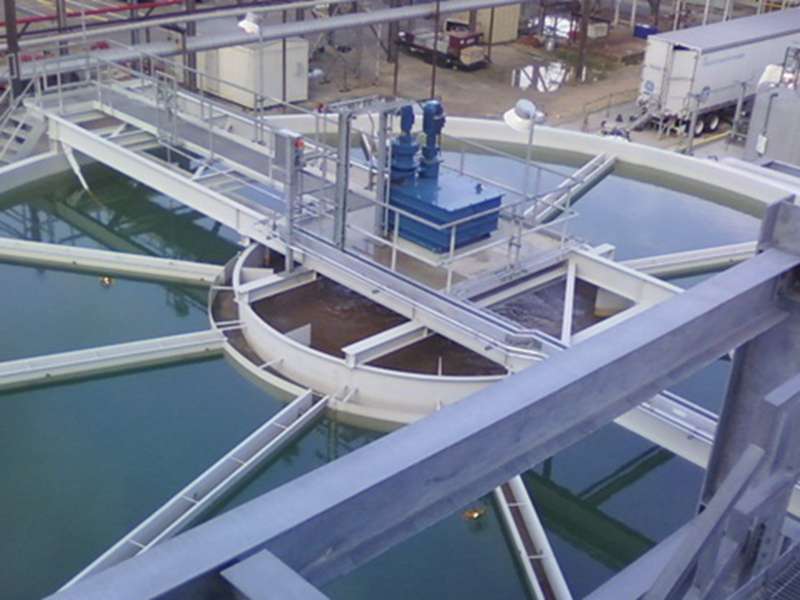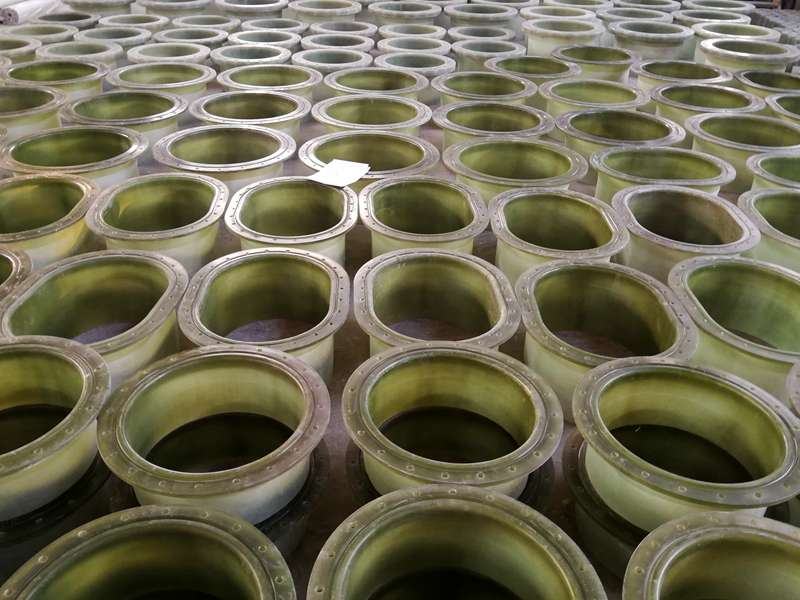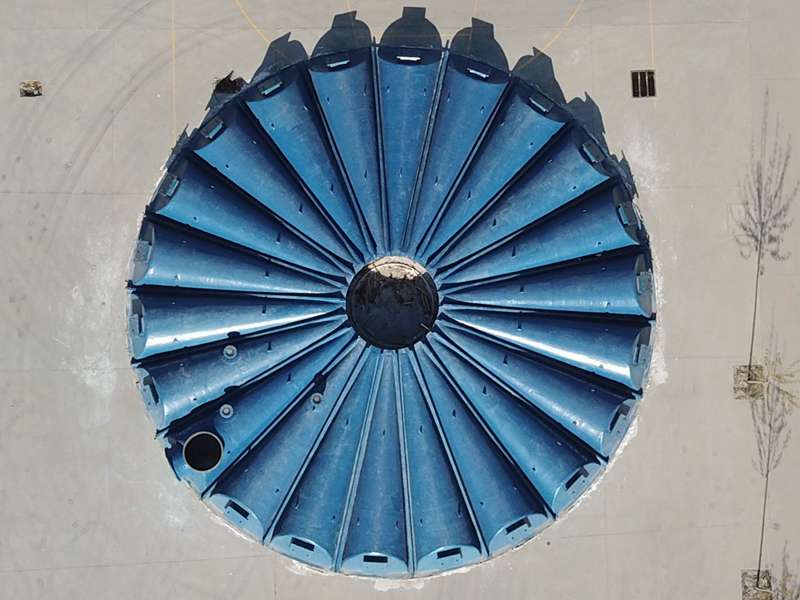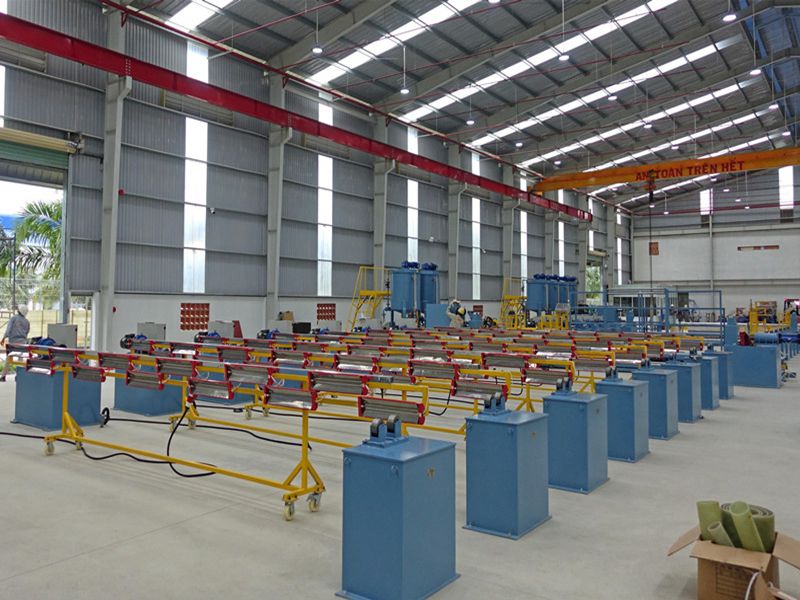
-
 Afrikaans
Afrikaans -
 Albanian
Albanian -
 Amharic
Amharic -
 Arabic
Arabic -
 Armenian
Armenian -
 Azerbaijani
Azerbaijani -
 Basque
Basque -
 Belarusian
Belarusian -
 Bengali
Bengali -
 Bosnian
Bosnian -
 Bulgarian
Bulgarian -
 Catalan
Catalan -
 Cebuano
Cebuano -
 China
China -
 China (Taiwan)
China (Taiwan) -
 Corsican
Corsican -
 Croatian
Croatian -
 Czech
Czech -
 Danish
Danish -
 Dutch
Dutch -
 English
English -
 Esperanto
Esperanto -
 Estonian
Estonian -
 Finnish
Finnish -
 French
French -
 Frisian
Frisian -
 Galician
Galician -
 Georgian
Georgian -
 German
German -
 Greek
Greek -
 Gujarati
Gujarati -
 Haitian Creole
Haitian Creole -
 hausa
hausa -
 hawaiian
hawaiian -
 Hebrew
Hebrew -
 Hindi
Hindi -
 Miao
Miao -
 Hungarian
Hungarian -
 Icelandic
Icelandic -
 igbo
igbo -
 Indonesian
Indonesian -
 irish
irish -
 Italian
Italian -
 Japanese
Japanese -
 Javanese
Javanese -
 Kannada
Kannada -
 kazakh
kazakh -
 Khmer
Khmer -
 Rwandese
Rwandese -
 Korean
Korean -
 Kurdish
Kurdish -
 Kyrgyz
Kyrgyz -
 Lao
Lao -
 Latin
Latin -
 Latvian
Latvian -
 Lithuanian
Lithuanian -
 Luxembourgish
Luxembourgish -
 Macedonian
Macedonian -
 Malgashi
Malgashi -
 Malay
Malay -
 Malayalam
Malayalam -
 Maltese
Maltese -
 Maori
Maori -
 Marathi
Marathi -
 Mongolian
Mongolian -
 Myanmar
Myanmar -
 Nepali
Nepali -
 Norwegian
Norwegian -
 Norwegian
Norwegian -
 Occitan
Occitan -
 Pashto
Pashto -
 Persian
Persian -
 Polish
Polish -
 Portuguese
Portuguese -
 Punjabi
Punjabi -
 Romanian
Romanian -
 Russian
Russian -
 Samoan
Samoan -
 Scottish Gaelic
Scottish Gaelic -
 Serbian
Serbian -
 Sesotho
Sesotho -
 Shona
Shona -
 Sindhi
Sindhi -
 Sinhala
Sinhala -
 Slovak
Slovak -
 Slovenian
Slovenian -
 Somali
Somali -
 Spanish
Spanish -
 Sundanese
Sundanese -
 Swahili
Swahili -
 Swedish
Swedish -
 Tagalog
Tagalog -
 Tajik
Tajik -
 Tamil
Tamil -
 Tatar
Tatar -
 Telugu
Telugu -
 Thai
Thai -
 Turkish
Turkish -
 Turkmen
Turkmen -
 Ukrainian
Ukrainian -
 Urdu
Urdu -
 Uighur
Uighur -
 Uzbek
Uzbek -
 Vietnamese
Vietnamese -
 Welsh
Welsh -
 Bantu
Bantu -
 Yiddish
Yiddish -
 Yoruba
Yoruba -
 Zulu
Zulu
Calculating the Optimal Rod Length for Efficient Mining Drilling Operations in Various Terrain Types
The Importance of Rods for Mining Drilling
Mining drilling is an essential process in the extraction of valuable minerals and resources from the earth. At the heart of this operation lies the drilling rod, a critical component that ensures the efficiency and effectiveness of drilling activities. This article explores the significance of rods in mining drilling, their types, applications, and factors that influence their performance.
Understanding Drilling Rods
Drilling rods, also known as drill rods or drilling pipes, are long cylindrical components used in conjunction with drilling machines. These rods serve as the conduit through which drilling tools operate. The primary function of the rod is to transfer rotary motion and weight from the drill rig down to the drill bit, allowing it to penetrate various types of geological formations. The design and material of drilling rods play a crucial role in their performance, wear resistance, and longevity.
Types of Drilling Rods
Several types of drilling rods are available, each designed for specific drilling techniques and geological conditions. The most common types include
1. Hollow Rods These are lightweight, allowing for efficient drilling. Their design enables the circulation of drilling fluids, which helps cool the drill bit and carry cuttings to the surface.
2. Solid Rods Made from solid steel, these rods provide higher strength and durability, making them suitable for hard rock drilling.
3. DTH (Down-the-Hole) Rods These rods are designed specifically for use with DTH hammers, enabling effective drilling in tough, rocky terrains.
Choosing the right type of rod is influenced by various factors, including the geological conditions, the type of mineral being mined, and specific operational requirements.
Applications of Drilling Rods
rod for mining drilling
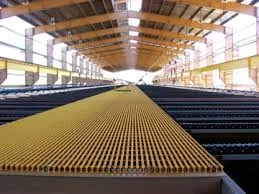
Drilling rods are integral to various mining methods, including
- Core Drilling This method involves drilling cylindrical holes in the earth to obtain core samples from subterranean formations. The samples provide crucial information about the geological structure and the presence of minerals.
- Blast Hole Drilling In this application, drilling rods are used to create holes that are subsequently filled with explosives to fragment rock for easier mining.
- Exploratory Drilling Used to investigate potential mineral deposits, exploratory drilling helps determine the viability of mining a particular site.
The versatility of drilling rods makes them indispensable across different phases of mining operations, from exploration to extraction.
Factors Influencing Performance
Several factors can influence the performance of drilling rods, including
- Material Composition The choice of material affects the rod's strength, wear resistance, and ability to withstand high torque and pressure. High-quality steel is commonly used to enhance durability.
- Rod Diameter and Length The dimensions of the rod impact the drilling process’s efficiency and the maximum depth that can be achieved. Longer rods facilitate deeper drilling but may require specialized handling equipment.
- Environmental Conditions Factors such as soil composition, rock hardness, and groundwater levels can affect drilling efficiency and rod longevity.
Conclusion
Rods for mining drilling play a vital role in the successful extraction of minerals. Their various types and applications cater to diverse geological conditions and operational needs, making them a critical component of modern mining technology. As mining continues to evolve, advancements in materials and design will further enhance the performance and efficiency of drilling rods, reinforcing their importance in the resource extraction industry. Understanding the characteristics and applications of drilling rods is essential for professionals in the mining sector, ensuring they can make informed decisions that optimize operations and contribute to sustainable mining practices.



